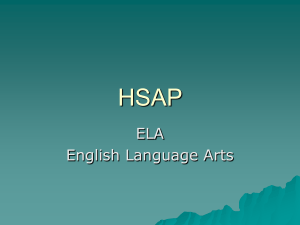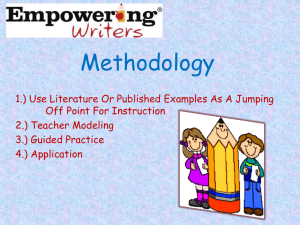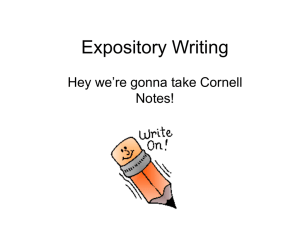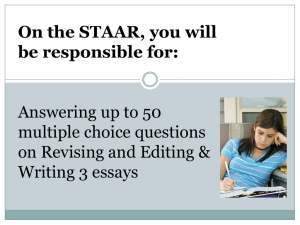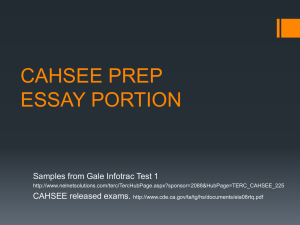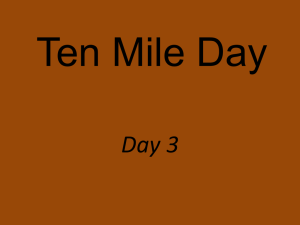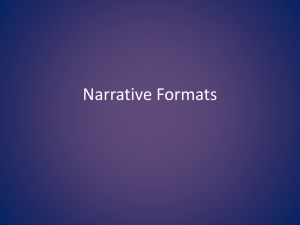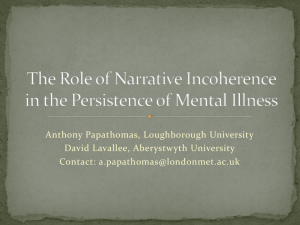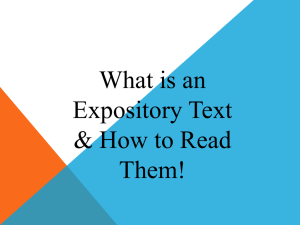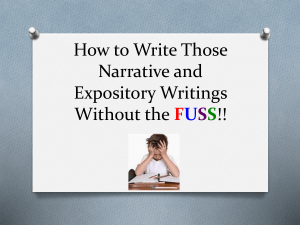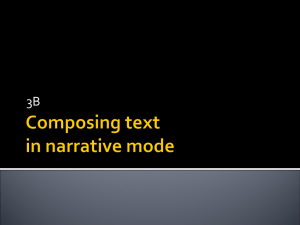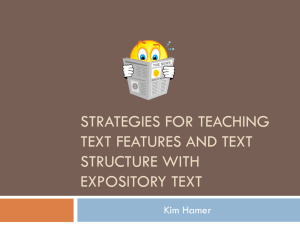Grab Bag of Comprehension Strategies
advertisement
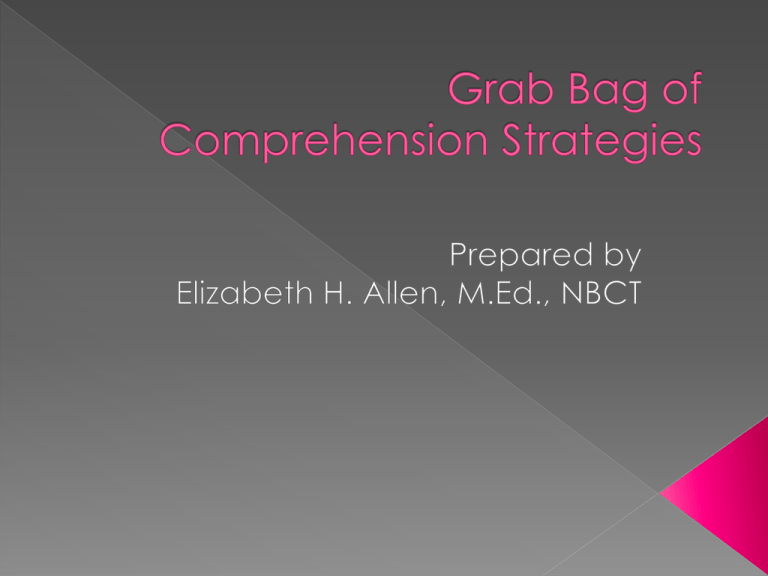
• Laura Robb Jeff Zwiers •Cris Tovani •Kyleen Beers Jeffrey D. Wilhelm Elizabeth H. Allen Purpose: To help students understand concepts when they have little to no background knowledge Text: Narrative/Expository When to use: Before, during, after reading Purpose: A prereading activity, CATAPULT = covers, author, title, audience, page, underlying message or purpose, visuals, and time Text: Narrative When: before reading Purpose: to determine the sequence of events in a story or historical account; to infer the causes of events Text: Narrative or Expository When: before, during and after reading Purpose: To guide students to become independent of the teacher; to read closely Text: Narrative or expository When: before, during, after Purpose: access tool to help students hole their thinking and analyze quality of thought Text: narrative or expository When: during reading Write your quote help Write your thought So what? How does this you understand? Purpose: to deepen comprehension; to help students think about their thinking Text: narrative or expository When: during and after reading Four Box Comprehensor Write a short summary of what you have read so far: In the inside circle draw something you visualized as you were reading. In the outside circle write connections you can make to your reading. If you could text the author right now, what would you say to him or her? Remember to be polite and respectful. Explain your thinking, but since you’re texting you can use your texting shorthand. As the illustrator, draw a picture that you would insert into the book some place. Be sure to have the picture reflect a section that you have already read. At the bottom, write the page number of where the picture should go in the book. Purpose: to deepen comprehension and help students think about their thinking Text: narrative When: during reading Purpose: uses students socialness to tap into and build background knowledge. Similar to a brainstorming session but with a more communicative twist Text: narrative and expository When: before reading Purpose: to deepen comprehension. This strategy includes open ended questioning, fun, and differentiates all at the same time! Text: narrative or expository When: after reading Tip – teach QAR questions and what open ended questions are first Purpose: This is a visual way to train students’ brains to use evidence in order to make logical inferences. This habit then transfers over to reading as students use evidence from the text (and pictures) and combine it with background knowledge. Text: narrative and expository When: before reading Purpose: to identify how authors try to influence readers Text: advertisements When: before, during, after Purpose: inferencing: a visual scaffolding to help students organize thoughts connecting text and prior knowledge Text: expository When: before, during, after It Says – I Say – And So Question It Says I Say And So Purpose: visual and kinesthetic simplification of the active thinking we use to comprehend; based on research by Marzano. Text: narrative or expository When: during reading Purpose: deepens comprehension through enactments (Multiple Intelligences) Text: narrative and expository When: before, during and/or after reading Purpose: This is a kinesthetic and cooperative activity that puts a little more fun into making predictions. It also can be used for other comprehension habits as a way of mixing up answers and creating random participation. Text: narrative or expository When: before reading Purpose: This activity is helpful for teaching students to use good evidence for making predictions. It breaks down the process and shows students how prediction should naturally happen in the brain while reading. Text: narrative or expository When: before reading Purpose: This activity encourages students to read text sections and generate a tentative heading or subheading for a section’s information. It also gives effective practice for textmarking and note-taking. Text: Expository When: during reading Purpose: requires students to choose and represent key details, see relationships and patterns across details and scenes, and summarize the whole coherence of ideas presented through a particular text segment. Text: narrative or expository When: during, after reading Purpose: It is a way to get students to build extensive knowledge of the text even before they read the first ‘normal’ words of a chapter. (Adapted from Marzano 2002) Text: expository When: before reading Purpose: to develop the habit of setting a purpose for the reading beyond “the teacher told me to read it”. Text: narrative or expository When: before reading Elizabeth H. Allen (Beth) Contact: ehallen@wcpss.net Reading For Teachers Blackboard Site
